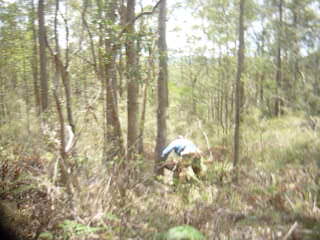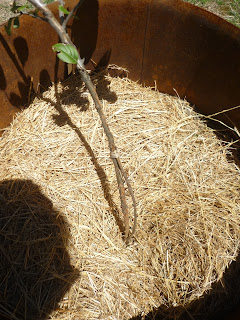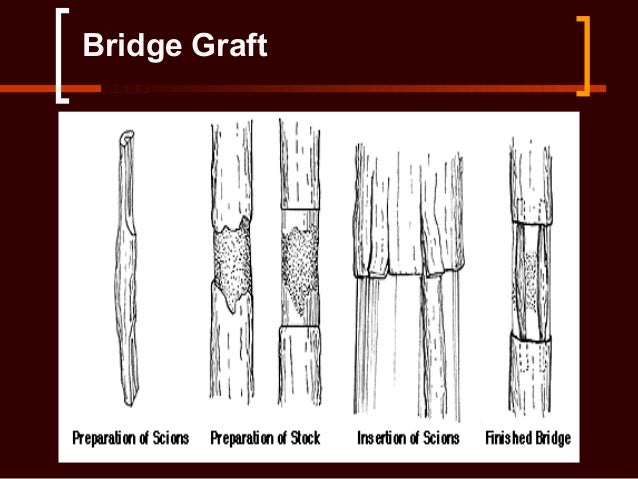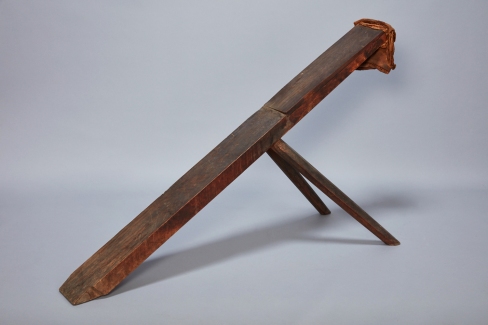Some Problems with Home Incubating
A couple of years ago I thought I would like to incubate some eggs. I bought a cheap incubator on Ebay. Then I tracked down a man who kept Light Sussex chooks and asked if I could have some fertile eggs. He very kindly dropped a box off at the local feedstore. My first lesson was that they were all placed rounded end up. I diligently filled the water and programmed the temperature. Most incubators have automatic turners and maintain a constant set temperature.
I hatched out 6 chooks from 12 eggs which I thought was OK for a first time. I hatched out three more batches with the best success being 9 and the least successful being 3.
Then the cheap incubator died. You get what you pay for so if you spend less than $50 on an incubator - it is unlikely to last.
So I researched and splashed out closer to $500 on this US incubator. It takes 24 eggs and I could see my flock expanding. I had several people ask me for hens so I confidently said that I could breed them some. Five batches later the best I had managed was 3 out of 15 eggs. In winter I did not have enough fertile eggs laid in the week before so it mainly a spring and summer task. It takes 21 days for them to hatch out so I had to look carefully at the diary to make sure that I was not too busy on Days 18 and 21.
I could not work out why my hatching rate was so poor. I googled. I cracked open the eggshells at the end and found that almost all were just unhatched chicks - something had stopped them hatching.
With this model there are two trays at the bottom - the dark green parts on either side of the motor. One was filled for the first 18 days and both for the last 3. However it was very hard to keep the water up - even with checking it last thing at night it could be nearly dry by morning.
I googled some more. The humidity is the most crucial factor. Losing some heat is OK now and then but if the humidity drops then the chicks don't develop.
I needed a hygrometer. $25 on Ebay and a week later I had one, ready for Day 2 of the next batch. I placed it in the incubator at the same level as the eggs and waited. The results were very revealing. If my hygrometer is correct then there was no way that one full water tray would keep humidity between 40 and 50 percent. Only by filling both did I get to the required minimum.
The temperatures were not the same. The 37.9 degrees set on the incubator delivered an actual heat of over 39 degrees. At some time there was more than two degrees discrepancy.
So by reducing the temperature setting and increasing the water I could keep this set of eggs closer to what was required for effective hatching. If I relied on my expensive incubator I would get only the very hardy chicks to hatch. Be very wary and check with a hygrometer.
Today is Day 21 and one chick has made it early. It can stay in the incubator for at least 24 hours before needing water. At the end of the day it was moved to the brooder box and I dunked its head in the water. It will find the food itself. Despite a very hot day I turned on the lamp attached to a timer so it has some warmth all through the night. There is some more cheeping from the remaining eggs so it may have some peers by the morning.
Maybe I have solved the problem - time will tell.

































